Hallbankgate Village school opened it’s doors to teachers from across the country who were eager to discover how the school grows curious, independent and resilient learners. Here’s the first of a short series of blogs uncovering what we experienced.
In June 2014 Hallbankgate Village Primary school was awarded the Gold Standard through the Learning Quality Framework accreditation. ‘Hmmm,’ you may say, ‘what’s that all about? SATs results? Ofsted grades? Some sort of new fangled quality mark? And what’s Gold Standard Learning when it’s at home?’
On 10th March teachers and headteachers travelled from far and wide to find out for themselves what Gold Standard Learning looks like and feels like in practice. So rather than simply writing about the programme for this showcase day – the who said what – I want to try and pick out just a few of the golden threads of learning as I experienced them at Hallbankgate near Carlisle.
Let’s start with something obvious like the use of wall displays – often easy to dismiss as simply wallpaper. Displays across the school illustrated just how deeply the school understands and is committed to learning; turning its pupils into lifelong learners. Ideas from the Building Learning Power stable blended perfectly with the ideas from Growth Mindsets – both woven together to show a picture of a powerful learner.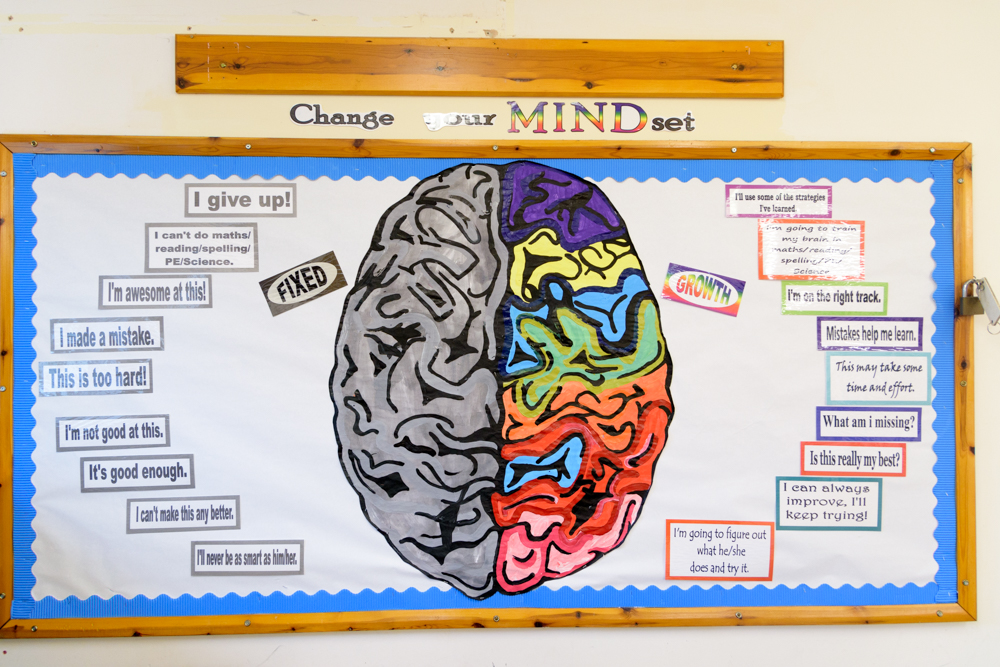
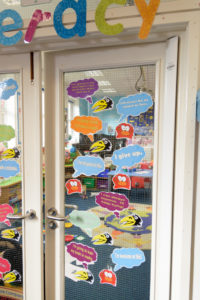 Here we see the school’s interpretation of growth mindset on a display in the hall. The fixed mindset brain is dull and uninteresting while the growth mindset brain is bold and varied. Both sides show what the learner might be saying to themselves; the voice of self awareness.
Here we see the school’s interpretation of growth mindset on a display in the hall. The fixed mindset brain is dull and uninteresting while the growth mindset brain is bold and varied. Both sides show what the learner might be saying to themselves; the voice of self awareness.
Deeper into the school on a classroom door we catch a glimpse of two learning characters: Orla the orangutan who is a bad learner, and Colin the crow who is a good learner – and again the display shows the things these learners say to themselves; how they see themselves as learners.
In the KS1 classroom, every day, Orla the bad learner is brought to life through their teacher Clare. Orla sets the children a problem which she can’t manage – Are the numbers in the right order? And off pupils go to work it out for themselves. In this short video clip from the end of this maths lesson Orla is wanting to know what’s been going on. The children gather together to discuss what and how they have been learning. Can the children explain to Orla how they have done something? Notice that Orla wears a school shirt, she’s seen as one of them. Through the use of Orla’s questions this relaxed and purposeful metacognitive activity is helping the children to reflect, revise, reinforce and understand their learning. The what and the how. The language of learning is being skilfully and fluently brought to life by the teacher, Orla and the pupils. It all looks effortless, but as usual when you see experts at work, it’s all the result of lots of purposeful practice and rigorous, careful planning.
And as we watch transfixed, we notice a class book on the floor which the teacher sometimes refers to. This is Orla’s maths book and the children record the answer and how they found out about it each day.
Looking at displays elsewhere we see the all-familiar original Building Learning Power learning behaviours have been depicted as animals. They are high up on the wall now because the children are familiar with them all – what they mean, how they use them, where they are useful and even how to get better at them.
On another wall we see these same learning characters but here the dry conceptual language explaining a learning behaviour is brought to life again in a sentence to show what they say – the self talk that teachers are trying to cultivate in establishing pupils’ growth mindset.
And furthermore, in the KS2 classroom we notice Self Talk translated into a progression of statements – ever more sophisticated and skilful things to say to yourself when you are persevering or listening or noticing or collaborating.
It is this type of learning language – born out of learning behaviours – that you hear children using and understanding in this school. Wall displays prompt and stimulate them into taking learning action and grow their learning mindsets.
Now you could look at the walls and see a lot of apparently disconnected bright, colourful displays about growth mindset, or learning behaviours, or independent learning or learning outside school or learning ladders. But as you look closely and make links you see a long and powerful learning journey. From the standard learning behaviour concepts ( with not an R in sight thankfully), to a translation of learning behaviours into simple self talk statements, which become ever more searching and sophisticated; acting as something to aim for as their self awareness grows. And in talking to the children you realise that what is on the walls has fully migrated into how the children think about themselves and act as learners.However while the wall displays may reveal the journey of the language of learning in this school, it’s the classroom culture and the coaching based teaching that make that journey happen. I’ll try to capture some of that magic in a later blog.
This is but a snippet of what Gold Standard learning is about. It takes time, commitment and perseverance to cultivate but I’m sure that everyone who witnessed the school’s dedication to learning will be inspired and determined to start or continue on the learning journey in their school.

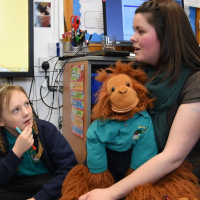
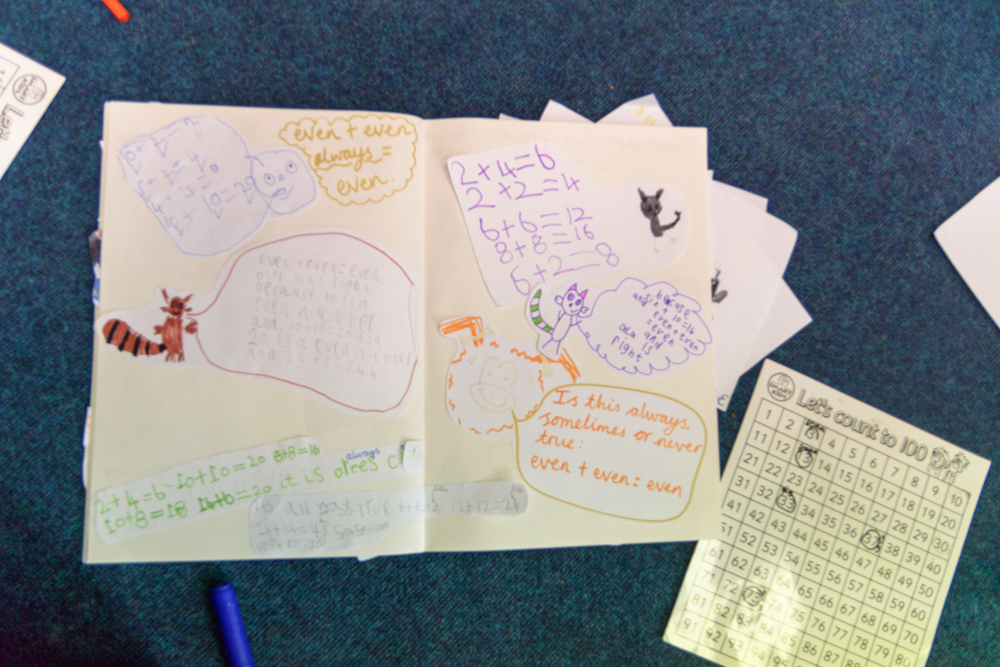
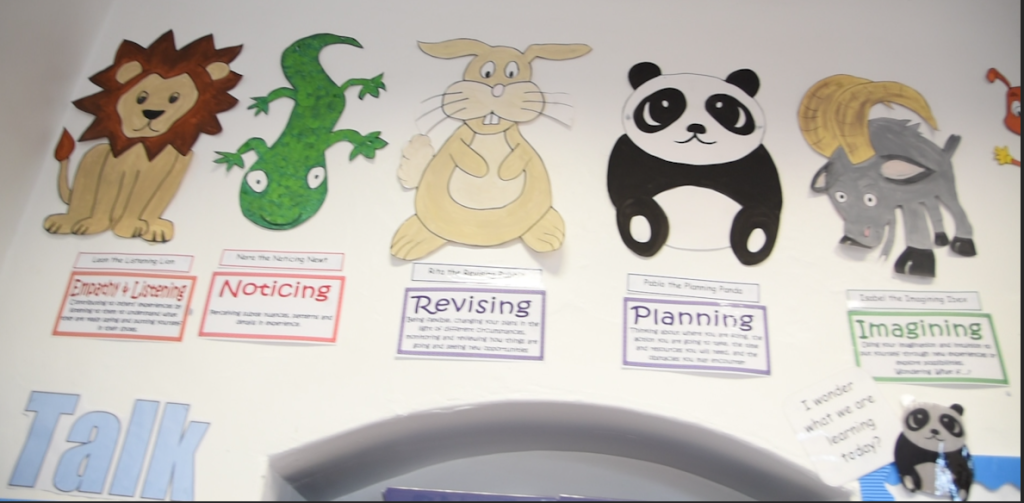
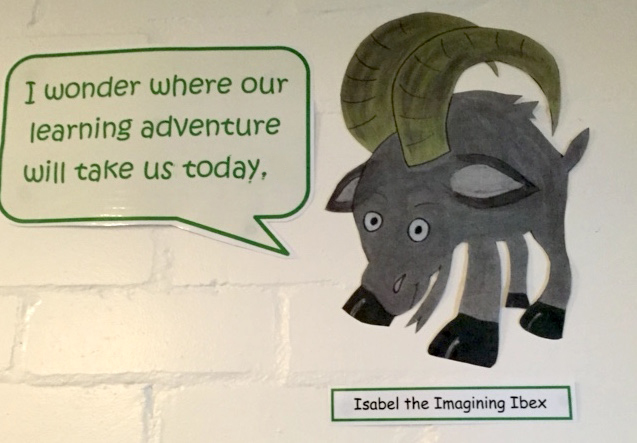
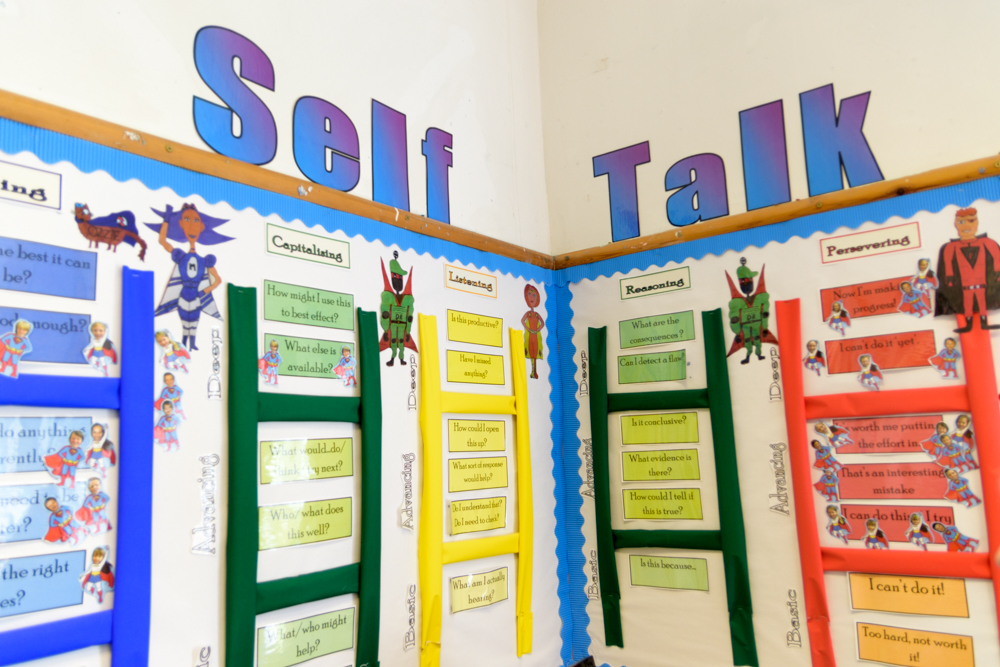
Comments are closed.